Car seat buying guide: How to choose the best one for your baby, toddler and child
We explain the rules and regulations behind a range of carriers, so your little one stays safe on the move
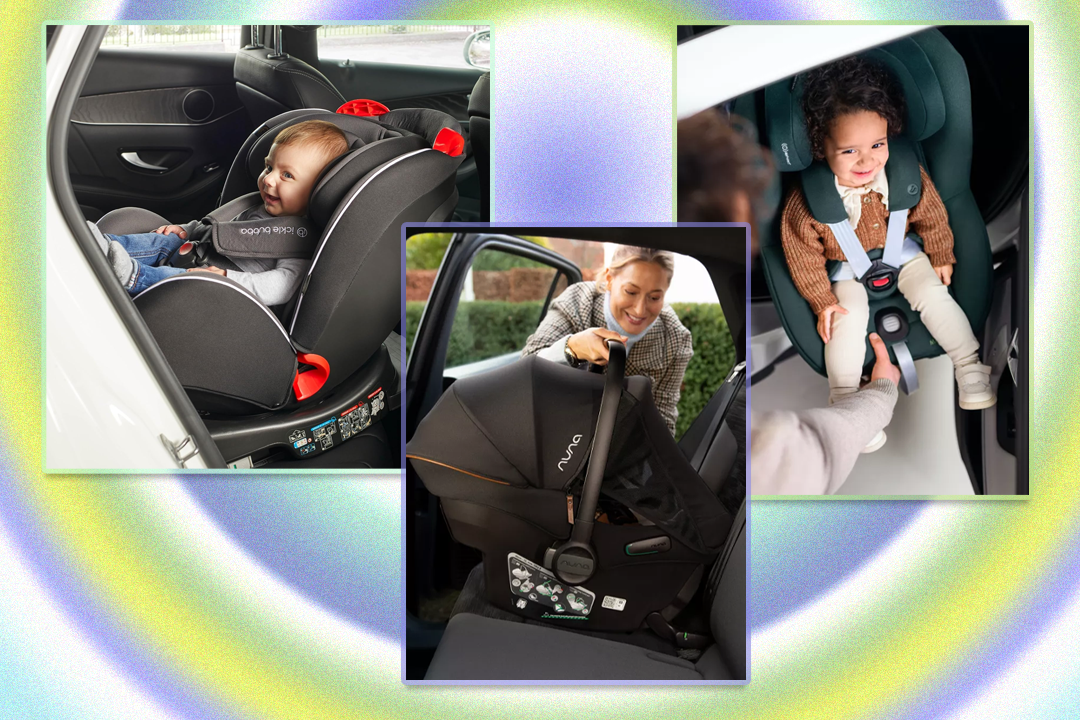
Your support helps us to tell the story
From reproductive rights to climate change to Big Tech, The Independent is on the ground when the story is developing. Whether it's investigating the financials of Elon Musk's pro-Trump PAC or producing our latest documentary, 'The A Word', which shines a light on the American women fighting for reproductive rights, we know how important it is to parse out the facts from the messaging.
At such a critical moment in US history, we need reporters on the ground. Your donation allows us to keep sending journalists to speak to both sides of the story.
The Independent is trusted by Americans across the entire political spectrum. And unlike many other quality news outlets, we choose not to lock Americans out of our reporting and analysis with paywalls. We believe quality journalism should be available to everyone, paid for by those who can afford it.
Your support makes all the difference.Alongside a pushchair and a cot or crib, a car seat is usually one of the first investments soon-to-be parents make. So, where do you start?
Well, unlike most of the decisions you’ll be making, for which the liberally offered “do whatever works best for you” pearl of parenting wisdom can be reasonably employed, car seats are subject to their own safety laws and guidelines, which change as your baby grows.
This means that “winging it” isn’t really an option. At each stage of your child’s development you will need to have some idea of what you’re looking out for and what legislation needs to be considered.
Car seat law
By law, all children must be in an appropriately sized car seat until they are 135cm (4ft 5in) tall or 12-years-old, whichever comes first.
Children taller than 135cm or over the age of 12 must then wear a seatbelt. In some other European countries, including France and Germany, children must be in a car seat until they are at least 150cm (4ft 11in) tall.
If your child does require a car seat, you can select which seat is appropriate based on their height or weight (see car seat categories below).
Although it’s likely you will be buying through a reputable brand or stockist that will have done all the safety approval homework for you, there is an easy way to check whether the seat you are buying is EU-approved for use in the UK – just look for a label with a capital “E” in a circle.
In addition to the “E”, the label on approved height-based seats should show “R129” and on approved weight-based seats should show “ECE R44”.
Car seat categories
When browsing online, it’s useful to know car seat group numbers (group 0, group 1, etc) will also be listed alongside the overall car seat category (forward-facing, etc). The groups are based on weight ranges, and may straddle one or more of the seat categories.
This may sound confusing but, if you know the age, weight and/or height of your child, it is, in fact, fairly straightforward (I promise).
The car seat group numbers are:
- Group 0: 0-10kg (approx. birth to six to nine months)
- Group 0+: 0-13kg (approx. birth to 12-15 months)
- Group 1: 9-18kg (approx. nine months to four years)
- Group 2: 15-25kg (approx. four to six years)
- Group 3: 22-36kg (approx. 6-11 years)
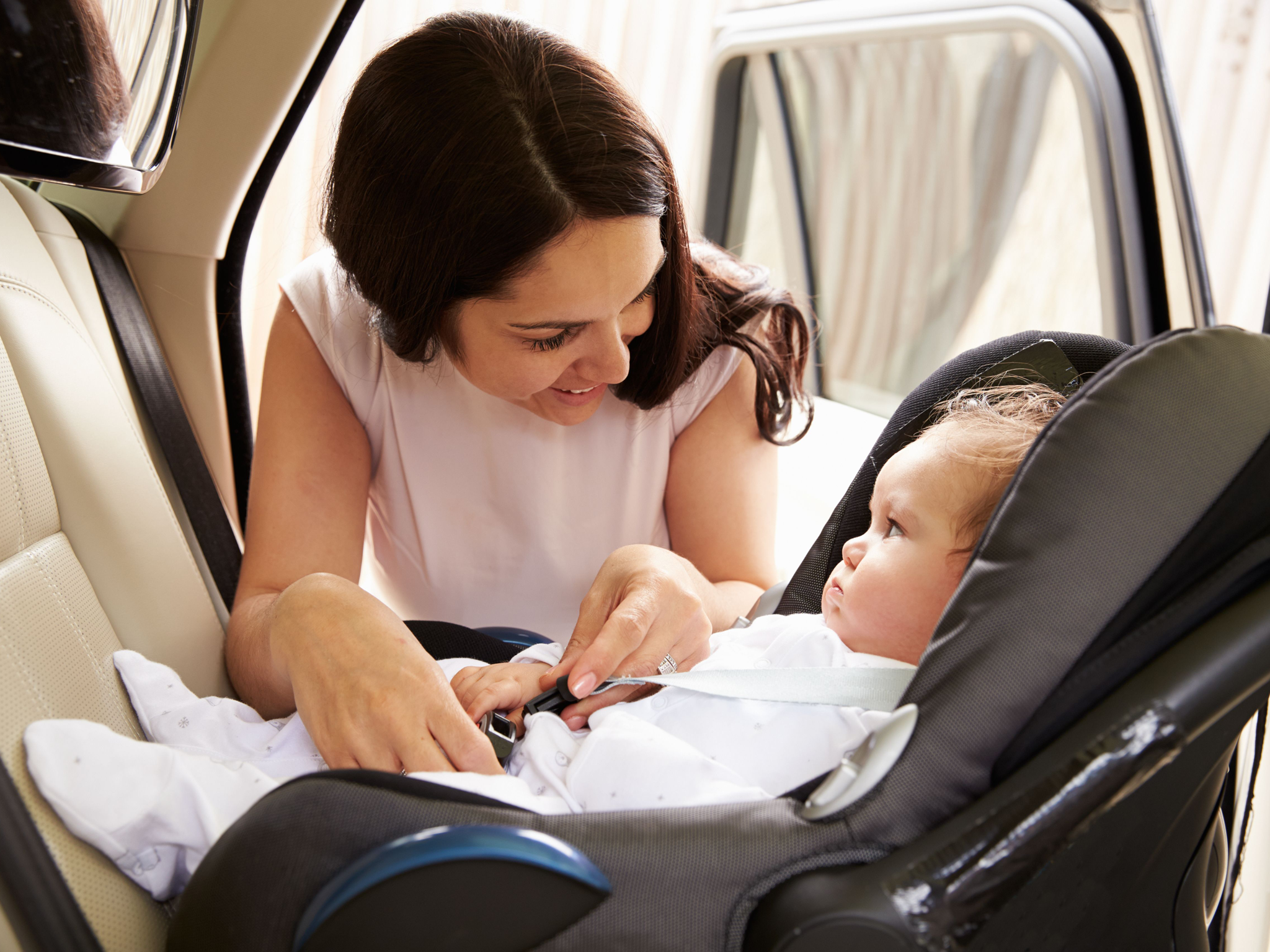
Rear-facing car seats
All babies must be rear-facing until they are 15 months old, as, before this, their necks are not strong enough to withstand the pressure of a head-on collision in the forward-facing position. This is an extension to earlier regulations that advised babies should be rear-facing until they weighed 9kg (approx. nine months). Groups 0 and 0+ are rear-facing.
Many of these first-size baby seats come as part of a wider travel system (alongside a pram), and, when used with the correct adapters, can be clicked onto a pram chassis. Though this is a handy option, the advice remains that car seats are for travelling and not for prolonged naps – babies should be sleeping in a flat position wherever possible. Check out our pushchairs buying guide for more information.
Forward-facing car seats
Once your child has outgrown the rear-facing seat, the safest option is to use a group 1 forward-facing seat with an integral harness, which will last them up to the age of four (or until they are around 18kg). The harness can be adjusted as your child gets bigger and side-impact wings provide protection for the head and body.
Combination car seats
Combination seats, also known as extended or multi-group seats, are ones that can be adjusted as your child grows. A one-stop shop, they cover more than one group, for example group 1, 2 and 3 seats (which are suitable from 9-36kg, approx. nine months to 12 years). Many have the flexibility of being either forward- or rear-facing, or have height-adjustable straps and multiple recline positions.
With the combination option, you must still adhere to the safety guidelines for the weight of your child at any one time (for example, even if a seat has the forward-facing option, you’d still need to keep the baby rear-facing until 15 months). Although the initial outlay may be higher, these seats can prove a good investment if you don’t want to have to keep upsizing.
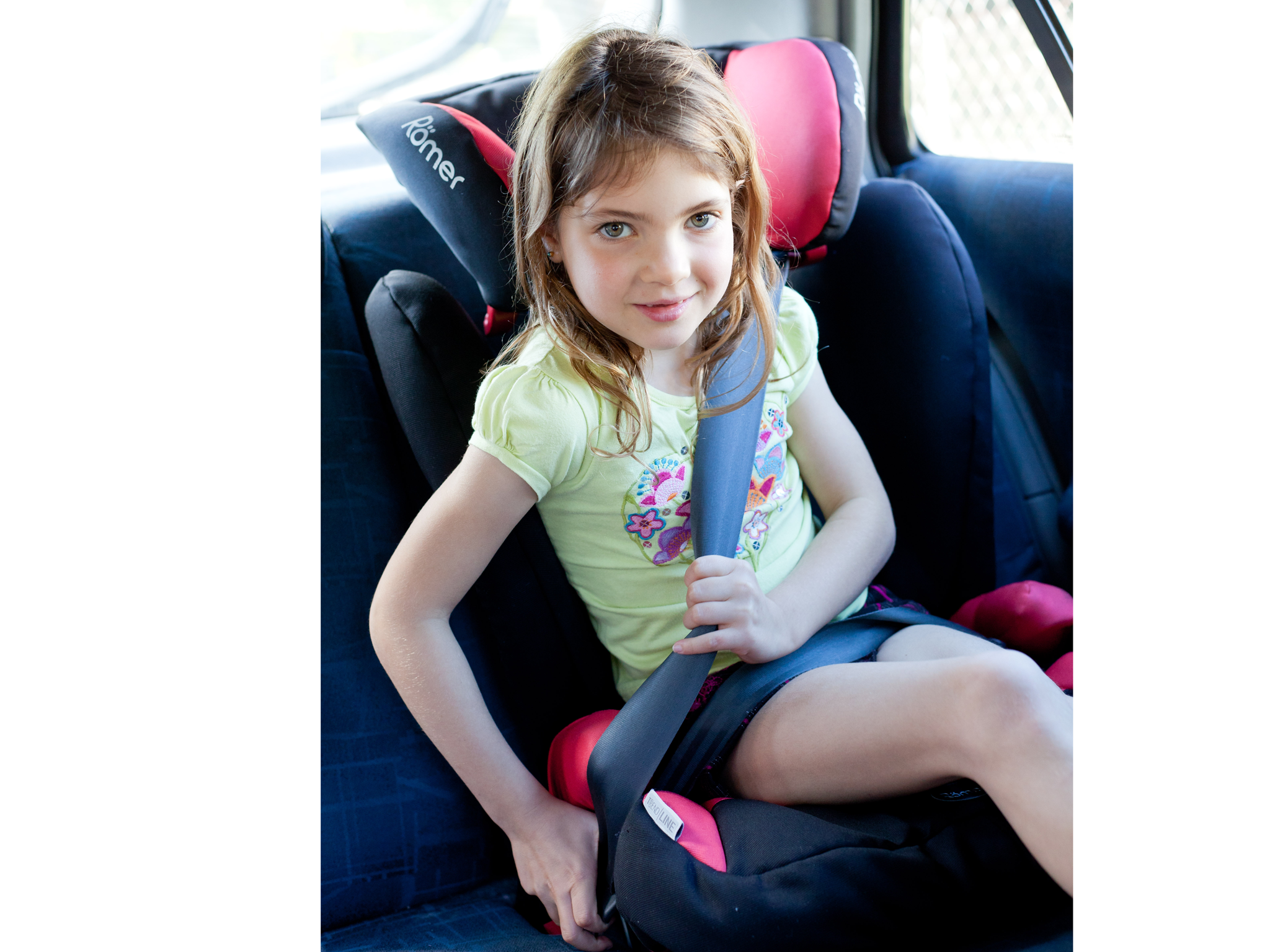
Booster seats
Booster seats can be either high-backed or backless. High-backed seats are generally the next step when a child outgrows the group 1 forward-facing seat (at around 15kg, or approx. age four). They still benefit from side wing protection and often have adjustable head rests.
There is usually no integral harness – though, just to keep you on your toes, there are some high-backed models that do have an integral harness (these usually fall into the combination category, so are suitable for a wider span of ages).
The high-backed booster seats without an integral harness instead raise the child’s seating position so an ordinary seatbelt can fit safely through slots on the seat. The belt should sit across the pelvis, chest and shoulder, not the stomach and neck.
In recent years, the guidelines surrounding how long children should stay in a high-backed booster changed, following concerns over the safety of backless boosters (ie the traditional booster cushions) for young children.
Previously, children weighing more than 22kg (typically aged three and over) were able to use a backless booster but, as of March 2017, the recommendation is that children remain in a high-backed seat until they are at least 125cm tall (typically aged seven and over).
Parents who already have a backless booster designed for children smaller than this (the old group 2/3 seats) will not be breaking the law if they continue to use one, but new seats of that specification will no longer be made, as manufacturers adhere to the new regulations.
In a nutshell, parents are being encouraged not to rush the transition from high-backed to backless, as the latter does not offer as much protection.
What does i-Size and Isofix mean?
I-Size is a new European standard for child car seats that forms part of regulation R129 (ie the height-based seats approval system mentioned above). The idea behind i-Size is that children will be seated in an appropriately sized option, based on their height, outgrowing it only when they exceed the maximum height listed on the label.
I-Size is currently running in parallel with the old regulation but many new cars are now “i-Size ready”, so it’s worth checking if you have the option to go down the i-Size route.
I-Size seats are only compatible with cars that have Isofix (are you still with me?). Isofix is a car seat safety system that uses fixed anchor points rather than seatbelts to secure car seats in place.
This is generally considered to be a safer method of car seat installation, as it makes for a firmer-feeling seat, which attaches to the car with a reassuring click.
Some car seats come with their own Isofix connectors as part of the seat itself, while others require the use of an Isofix base to be installed in your car, which you can then click the seat on and off. Not all Isofix seats fit in all Isofix cars (if only life were that simple) but that’s actually something the new i-Size seats aim to rectify – if you have an i-Size-ready car, any i-Size seat should fit.
How much should I spend on a car seat?
That’s a good question, as the price of car seats varies dramatically. The overall range for both the rear-facing and forward-facing options is anywhere between £50 and £250, with the majority coming in at around the £150 to £200 mark. Although there is still a range in price for the high-backed and backless booster seats, they generally become less expensive as your child gets older.
It is worth reading the safety reviews for the seats you are considering, as, in many cases, the cheapest options do not fare as well in crash tests, though, this is not always the case. A more expensive model may also come with more accessories, or have a greater longevity across the groups, so it’s not always about that initial price tag.
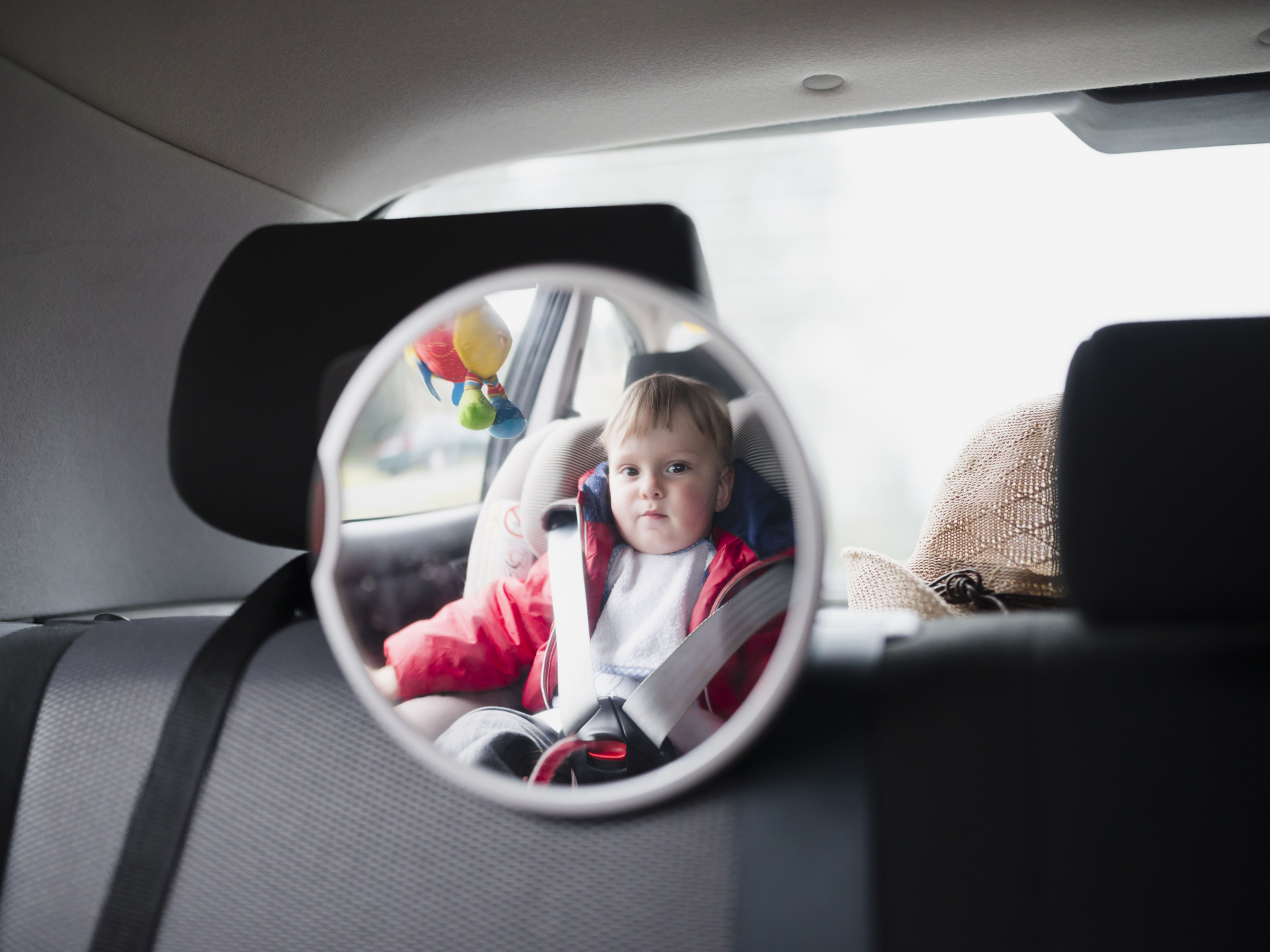
What else to consider when buying a car seat
There are several accessories you may want to look into, including a sun shade and a mirror, which allows you to see your baby’s face when they are in the rear-facing position.
And don’t forget to register for the manufacturer’s warranty as soon as you can, as this will ensure you are on the contact list for any safety updates/product recall information.
Why you should never buy a second-hand car seat
Buying pre-loved or second-hand items can save you a fortune but, when it comes to car seats, second-hand is generally considered a no-no for the simple reason you cannot be 100 per cent certain of that car seat’s history.
Even if there are no obvious signs, it is possible that a second-hand seat may previously have been in a crash and, if that is the case, the seat is likely to have been weakened and will therefore be less safe for your baby.
Car seat fitting tips
Car seats should always be placed on the back seats, wherever possible, as the most common crashes involve impact to the front of the car. If this is not possible, it is vital for rear-facing child car seats that the front passenger airbag is deactivated, as the baby’s head in this position would be too close to the airbag if it were triggered.
If you need to transport a child in a forward-facing seat in the front of the car, the recommendation is to move the front seat as far back as possible on its runners, to increase the distance between the child and the airbag.
Some retailers, including Halfords and Mothercare, offer to fit the seat for you initially. Whichever way your seat is fitted, it is paramount that you read and follow the manufacturer’s fitting instructions carefully and keep an eye out for signs that the seat is ill-fitted.
Alarm bells should be ringing if the seatbelt is twisted or appears to sit incorrectly across your child, and the harness should be snug. Bulky coats or jumpers should be removed from your child before adjusting the slack.
If you are in any doubt over whether the seat looks secure, try starting again or ask for help. A poorly fitted seat will not do the job it has been designed to do and is therefore not worth the risk.
Sarah Turner is The Unmumsy Mum. Her book is available to buy now.
Car seat reviews
Now you know the rules, it's time to choose the right one for you. Start by taking a look at our IndyBest top pick.
Nuna pipa urbn car seat: £300, Mamasandpapas.com
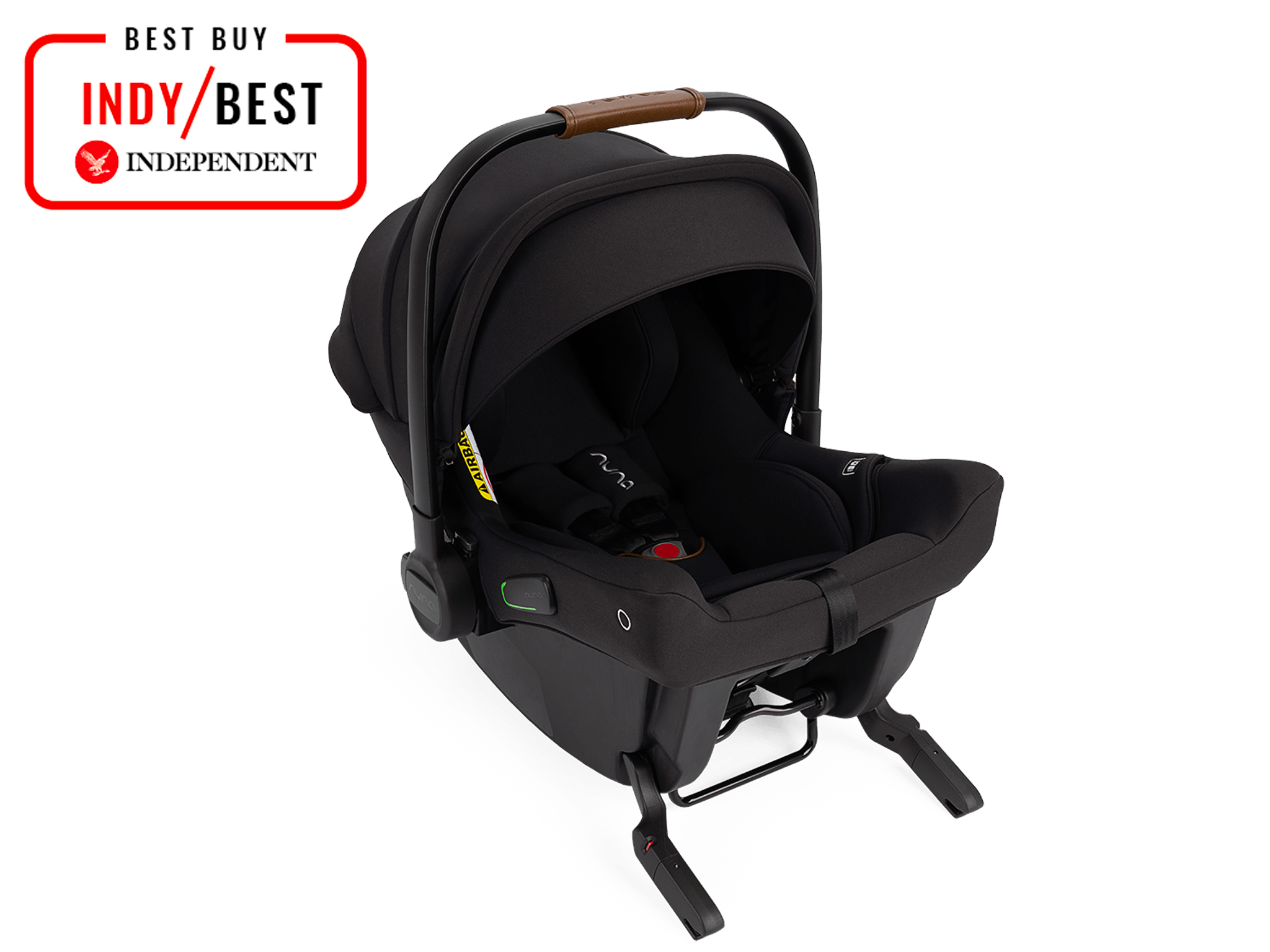
After thoroughly testing this clever design, our reviewer said: “It’s very safe but can also be popped in and out of taxis or a grandparent’s car when needed,” due to the fact it uses Isofix but doesn’t require a base. They added: “It’s an intuitive and quick process to remove it from the car and transfer it to a Nuna pushchair when you’re on the go.”
Meanwhile, the canopy and drape included helped cover up baby for nap time, and our reviewer loved the Merino wool-lined headrest. This was one of the only seats on test that’s been constructed with environmentally friendly fabrics, making it a more eco-conscious pick than most.
Read our full review of the best car seats, to help you make the right choice for you and your little one




